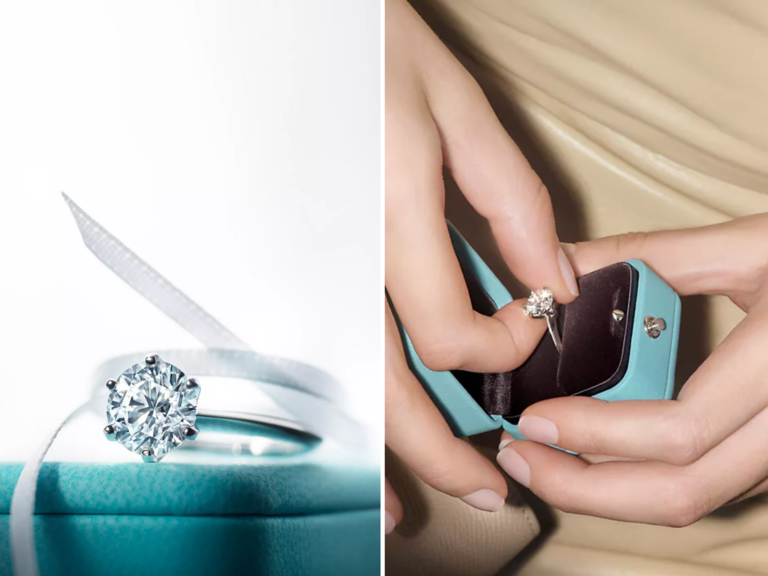Table of Contents
Introduction
With regards to diamonds, whether regular or lab-grown, understanding their quality can appear to be overpowering. Notwithstanding, when you find out about the 4Cs of diamonds — cut, variety, lucidity, and carat — you’ll have the option to settle on an educated conclusion about the best precious stone for you. Lab-grown diamonds, specifically, have turned into a well known decision for those searching for a more moral, reasonable, and economical choice, without forfeiting magnificence or quality.
In this article, we’ll separate the 4Cs exhaustively, showing you what each variable means for the worth and presence of 4cs of lab diamonds. Whether you’re purchasing a wedding band, a pendant, or some other piece of gems, this guide will assist you with understanding the basic components of jewel quality so you can settle on the best decision for your style and spending plan.
Why the 4Cs Matter for Lab Diamonds
For lab-grown diamonds, the 4Cs matter similarly as for regular diamonds. Since lab-grown diamonds can be delivered to explicit standards, the 4Cs permit you to assess their quality similarly you would survey a mined precious stone. By understanding these elements, you can choose a lab jewel that offers the best harmony between magnificence and an incentive for your necessities.
Understanding Precious stone Cut
What Is the Cut of a Precious stone?
The “cut” of a precious stone alludes to how well it has been formed and faceted, in no way related to the jewel’s shape. The cut impacts how well the precious stone mirrors light, which straightforwardly influences its brightness and by and large visual allure. A very much cut jewel will shimmer strongly, while an ineffectively cut precious stone might seem dull or inert.
How Cut Influences Shimmer and Worth
The nature of a precious stone’s cut is maybe the main element with regards to its magnificence. An excellent slice boosts the jewel’s capacity to mirror light, making brightness, fire, and shine — the radiance that gets the attention. On the other hand, an inadequately cut precious stone can lose light and seem dull, regardless of its size or variety.
Understanding Jewel Tone
Color’s meaning could be a little clearer.
Variety in diamonds is reviewed in view of how close the stone is to being lackluster. The less variety a precious stone has, the more important it normally is. Lab-grown diamonds are available in a great many tones, from lackluster to light yellow or brown.
The Jewel Variety Evaluating Scale
The GIA (Gemological Foundation of America) utilizes a scale from D (boring) to Z (light yellow or brown) to grade precious stone tone. The nearer the jewel is to lackluster, the higher its grade. Lab-grown diamonds are evaluated the same way as normal diamonds, guaranteeing that you can unhesitatingly choose a jewel in light of its variety qualities.
What Variety Means for the Worth of a Lab Precious stone
The less variety a precious stone has, the more significant it normally is. Vapid diamonds (grades D-F) are the most valued, yet diamonds with a slight sprinkle of variety (G-H) can in any case be lovely and more reasonable. The shade of a jewel can quietly influence its general appearance, so it’s critical to pick a precious stone variety that suits your inclinations and spending plan.
If you’re looking for high-quality diamonds, be sure to visit novitadiamonds.de. You’ll find the best diamonds and engagement rings.
Understanding Jewel Lucidity
What Is Jewel Lucidity?
Lucidity alludes to the presence of inside or outer defects in a jewel. These flaws, called incorporations and imperfections, are normal and happen during the precious stone’s arrangement. Lab-grown diamonds can have incorporations, however they will quite often have less and less apparent defects than normal diamonds.
What Clearness Means for Lab Precious stone Worth
Lucidity is a significant calculate deciding the quality and cost of a jewel. While most considerations in lab diamonds are minute and don’t influence their excellence, diamonds with less noticeable flaws regularly command a greater cost.
Understanding Precious stone Carat Weight
What Is Carat Weight?
Carat weight alludes to the size of the jewel, with one carat equivalent to 0.2 grams. Carat weight straightforwardly influences the size of the jewel, however it’s essential to take note of that two diamonds of a similar carat weight might seem different in size contingent upon the cut and shape.
Does Carat Weight Decide the Size of a Jewel?
While carat weight influences size, the cut of the precious stone can likewise impact how huge it shows up. For instance, a very much cut jewel might seem bigger than an inadequately cut one, regardless of whether they gauge something similar.
What Carat Weight Means for Cost
Carat weight is one of the main variables affecting precious stone cost. Bigger lab grown diamonds are rarer and hence more costly. Notwithstanding, carat weight alone doesn’t decide the worth; the other Cs — cut, variety, and clearness — are similarly as significant in surveying a precious stone’s general worth.
Conclusion: The 4Cs and Your Ideal Lab Jewel
Picking a lab-grown precious stone includes adjusting the 4Cs — cut, variety, lucidity, and carat. While these variables impact the jewel’s quality and worth, choosing a precious stone that accommodates your inclinations and budget is fundamental. Whether you’re attracted to the radiance of a round splendid cut, the lackluster excellence of a D-grade jewel, or the size of a huge carat stone, understanding the 4Cs guarantees that you pursue an educated choice. Lab-grown diamonds offer similar excellence and quality as regular diamonds, without the natural effect and at a more reasonable cost. Blissful precious stone hunting!

